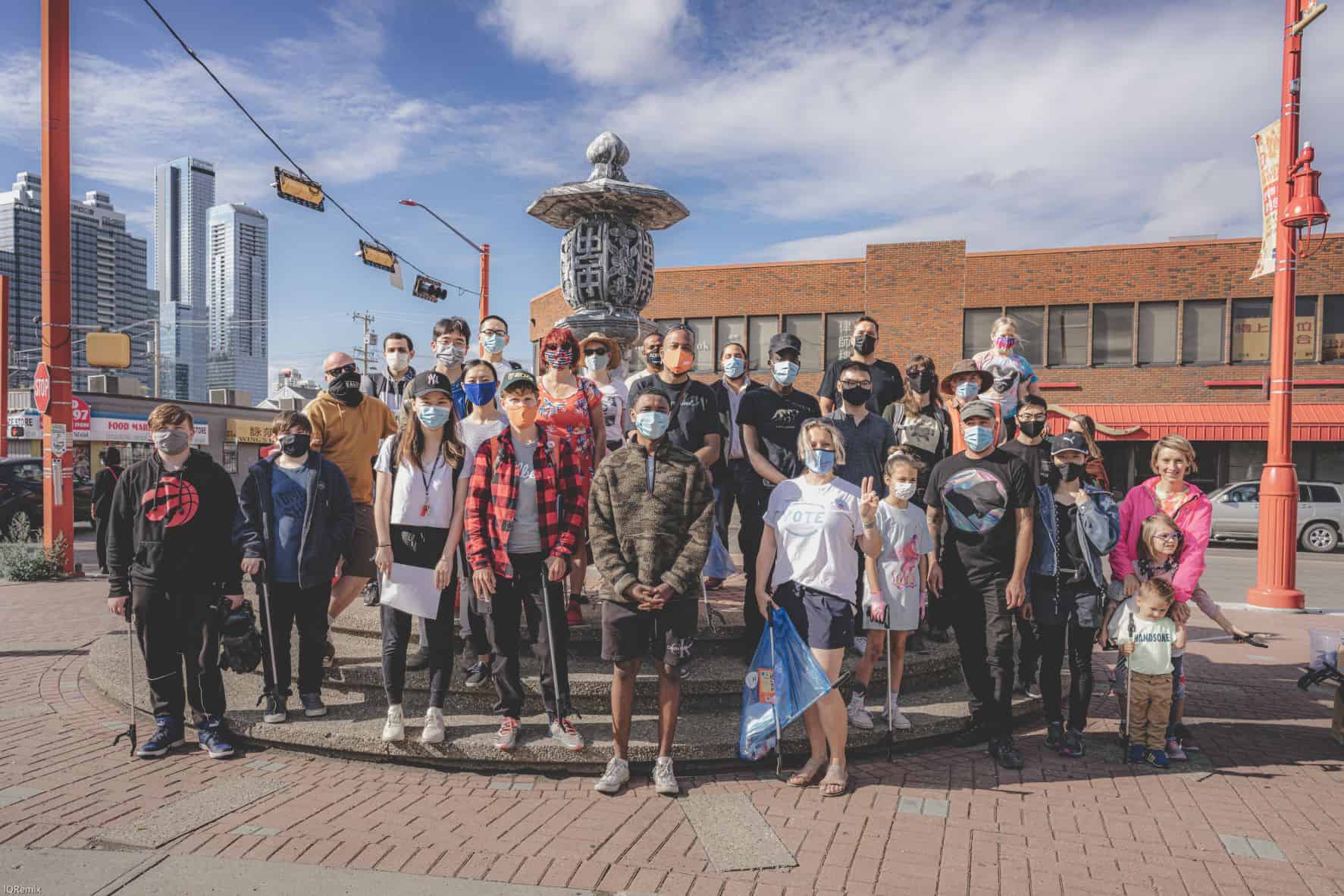Community-driven solutions work
Local communities, at the neighbourhood level, are essential to solving their own problems.
As societies move away from relying solely on policing and other enforcement approaches, it is increasingly important to explore community-driven solutions to social issues.
When responses to community issues are guided by the people who live in those neighbourhoods, the results speak for themselves. For example, in McCauley and Chinatown, through eight litter cleanups, 185 volunteers picked up 148 bags of litter. This activity promotes healthier public spaces, a sense of community pride, and connectivity in the neighbourhood.
Some similar community-driven initiatives include: dog walkabout groups, citizen patrols, and improved lighting for businesses. These initiatives resulted from neighbours identifying issues through digital surveys and community meetings.
A neighbourhood-specific approach is important. We need to view each geographic neighbourhood as a unique, integrated system that becomes stronger from constant work. For example, the needs of Alberta Avenue are distinct from the needs of North Glenora.
While the lines that divide these communities are abstract and somewhat arbitrary, their existence has encouraged the creation of unique cultures in each neighbourhood.
Because they’re all unique, they require their own, neighbourhood-specific responses to challenges. The mobilization of citizens in each community is essential to avoid cookie-cutter responses that often miss the mark.
When community members participate in addressing local issues and exploring solutions, the process itself is powerful. It creates a shared sense of purpose among neighbours who may not have previously even known each other. Working together to solve problems creates cohesive communities. Working to fix a practical issue is proven to be a powerful connector that crosses political and cultural divisions.
Person-to-person relationships are the fuel that makes the process work. Research from the Proceedings of the National Academy Sciences of the United States of America, published in February 2021, shows that shared experiences are more likely to bring people together than any amount of rational argument or presentation of facts.
Doing this work together has a tangible benefit to the community, regardless of whether the work being done accomplishes its goals.
Community connection has a real effect on quality of life, and affects the experience of everyone in a neighbourhood, even visitors who are in the area to shop or enjoy facilities.
The connections between us create the culture that we live in. They are the glue that keeps the community together in a way that no single project or program can.
We want to champion citizen-led projects that create more connected communities.
Do you have examples that you’d like to share of community members coming together to address an issue in your own neighbourhood?
We’d love to hear your stories.If you have a story to share, or an idea for a locally-led initiative you’d like to get off the ground, contact Marilyn Gray at Marilyn.Gray@reachedmonton.ca.







